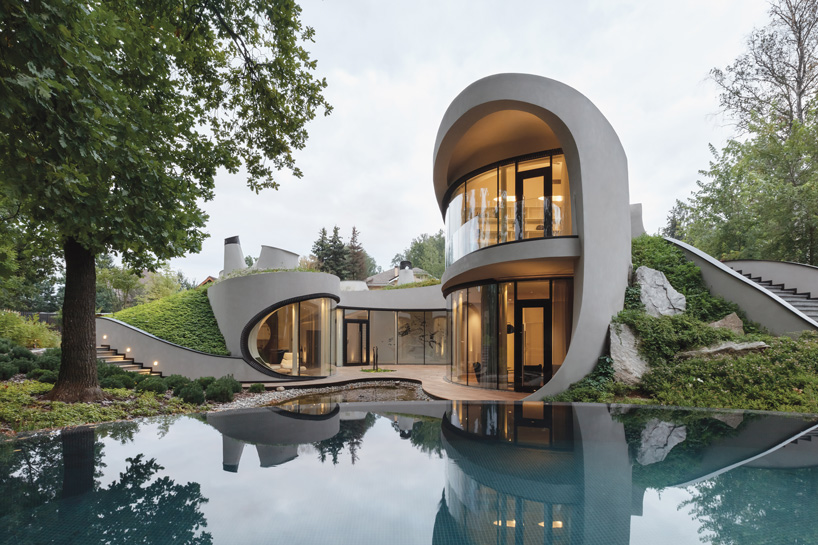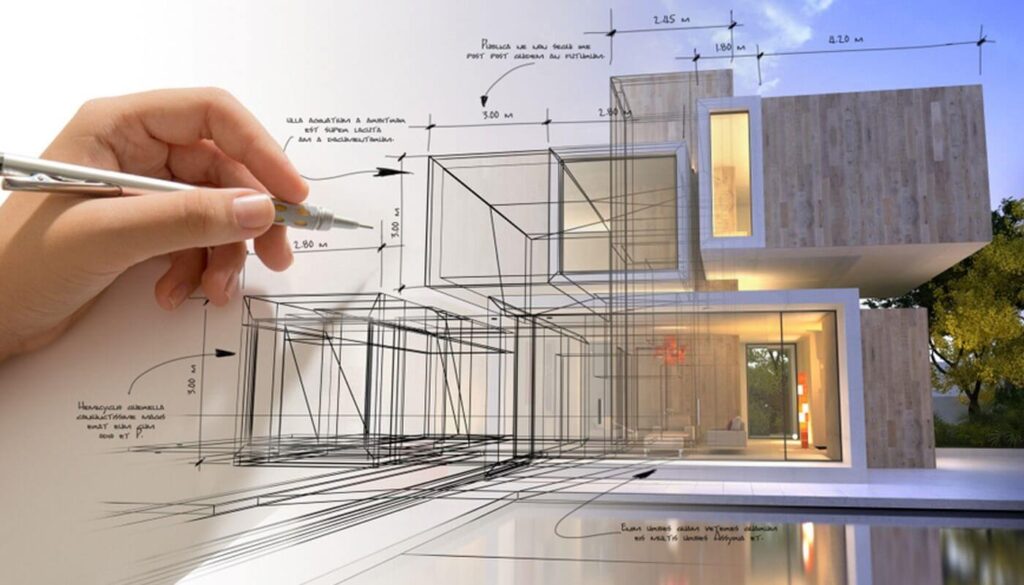A Comprehensive Summary of Building Designs and Their Impact on Modern City Preparation and Growth
Building designs have long worked as a mirror to the societal values and technological improvements of their time, playing a crucial role fit contemporary city planning and advancement. From the splendour of Neoclassicism to the utilitarian method of Brutalism, each style has introduced distinct ideas that influence urban aesthetic appeals and performance. As contemporary difficulties occur, including sustainability and community demands, recognizing these historical structures comes to be necessary. The resulting discussion not only informs future design practices but also elevates pertinent inquiries regarding the balance in between heritage and innovation in our evolving city landscapes.
Historic Review of Architectural Designs

As cultures transitioned with the Center Ages, Gothic design emerged, identified by its verticality and detailed outlining, mirroring the spiritual aspirations of the period. The Renaissance noted a revival of classical perfects, merging art and architecture in cutting-edge manner ins which influenced succeeding styles across Europe.

Today, building styles continue to evolve, driven by globalization and sustainability worries, mirroring a dynamic interaction in between heritage and advancement. This historical summary highlights the value of style as a mirror of societal development and as a catalyst for metropolitan growth.
Trick Architectural Styles Explained
The diversity of architectural designs mirrors the myriad impacts that shape our developed setting, each embodying distinct attributes and social values. Trick architectural styles include Classic, Gothic, Baroque, Innovation, and Postmodernism, each standing for one-of-a-kind historic contexts and visual approaches.
Classic design, rooted in old Greece and Rome, emphasizes symmetry, percentage, and making use of columns (cda architects). In comparison, Gothic style, flourishing in the center Ages, is characterized by pointed arches, ribbed vaults, and flying buttresses, developing an ethereal top quality in basilicas. Baroque design, emerging in the 17th century, is marked by majesty, fancy embellishment, and a dynamic interplay of light and shadow
Innovation, which got energy in the early 20th century, prioritizes function over form, utilizing new products like steel and glass to develop minimal structures. Postmodernism, reacting versus the austerity of Innovation, welcomes eclecticism and historical recommendation, typically integrating playful elements and irony.

Effect On Urban Preparation
In forming the growth of cities, building styles considerably affect urban planning decisions. The option of building design usually determines the visual appeals, performance, and overall personality of urban environments.
Furthermore, building designs can impact zoning regulations and land use policies. Urban planners should take into consideration the prevailing architectural trends when designing districts, ensuring that new developments integrate with existing frameworks. This factor to consider promotes natural metropolitan landscapes and improves community identity.
The implementation of particular building styles can also influence socioeconomic factors within a city. For instance, premium modern styles may attract wealthy homeowners and organizations, bring about gentrification, while extra affordable housing options may prioritize practical and lasting layouts to fit diverse populaces. Ultimately, the interaction in between building designs and city preparation creates vibrant cities that reflect both historic context and contemporary needs, forming the lived experiences of their occupants
Sustainability and Modern Architecture
Building designs play an essential role in resolving contemporary obstacles, especially in the world of sustainability. As urban locations expand and ecological concerns increase, modern-day architecture significantly embraces sustainable layout principles that focus on power efficiency, resource conservation, and marginal ecological effect.
Contemporary building movements, such as biophilic style and environment-friendly architecture, advocate for frameworks that balance with their environments, utilizing natural products and advertising biodiversity. These designs typically include renewable resource resources, such as photovoltaic panels and wind turbines, to decrease reliance on nonrenewable fuel sources and lower carbon impacts.
In addition, the integration of sophisticated innovations, such as clever structure systems, boosts power management, optimizing resource usage while making sure owner convenience. Cutting-edge water administration methods, including rainwater harvesting and greywater recycling, additional add to sustainable metropolitan environments.
Especially, sustainability prolongs beyond environmental worries; it includes social and financial measurements also. By promoting community well-being and promoting inclusivity, modern-day building designs line up with sustainable development objectives. Consequently, the evolution of building techniques proceeds to shape resilient cities that not just fulfill the needs of the present but additionally guard the future for generations ahead.
Neighborhood Involvement in Layout
Area interaction in design offers as a crucial bridge in between designers and the populations they serve, making certain that the developed environment mirrors the requirements and goals of its customers. This joint procedure invites area participants to add their understandings and choices, promoting a feeling of ownership and responsibility toward the rooms they occupy.
Effective community engagement employs various methods, such as workshops, surveys, and public online forums, to gather diverse point of views. These strategies promote a two-way discussion, allowing more architects to recognize neighborhood contexts while encouraging residents to articulate their concerns and desires. This inclusivity not Extra resources only boosts the design quality yet also promotes social equity by addressing the distinct challenges dealt with by marginalized teams.
In addition, area involvement can result in innovative services that could not emerge in a conventional layout procedure. By incorporating regional knowledge and social values, designers can create spaces that resonate more deeply with customers, boosting usability and sustainability. Eventually, focusing on area involvement in design processes leads to atmospheres that support social communications, assistance health, and strengthen community ties, thus playing a critical duty in forming modern urban landscapes.
Conclusion
Architectural styles have actually greatly affected modern city preparation and growth, showing developing social and technical contexts. As cities continue to grow and adjust, the continuous dialogue in between architectural heritage and modern layout principles will remain essential in producing comprehensive, vibrant spaces that boost top quality of life and advertise social equity.